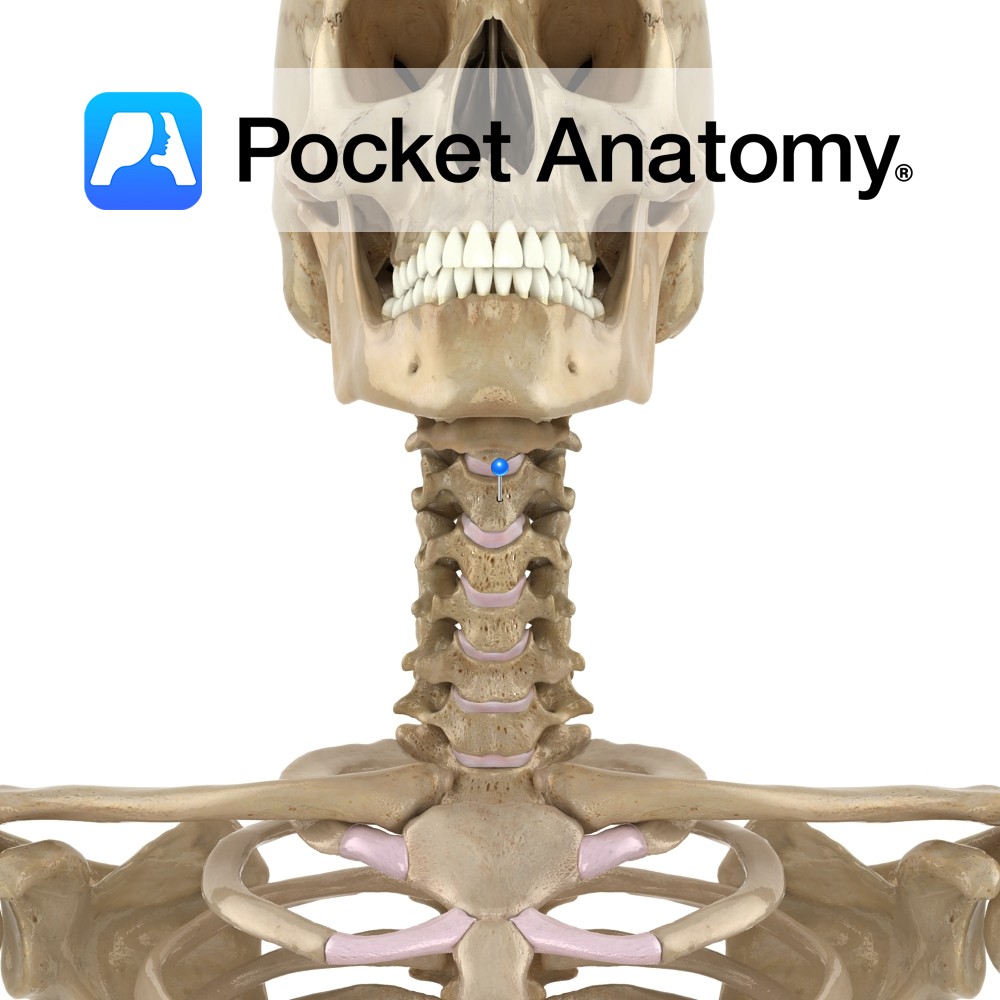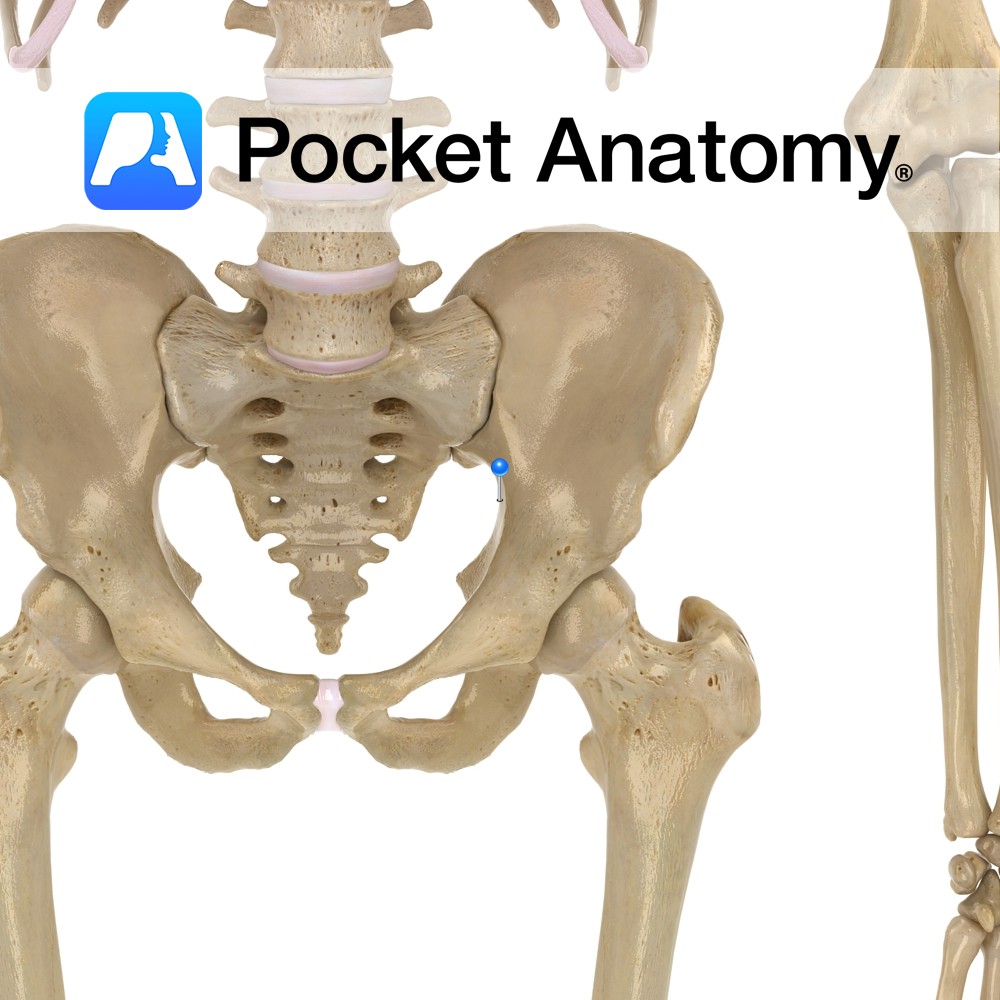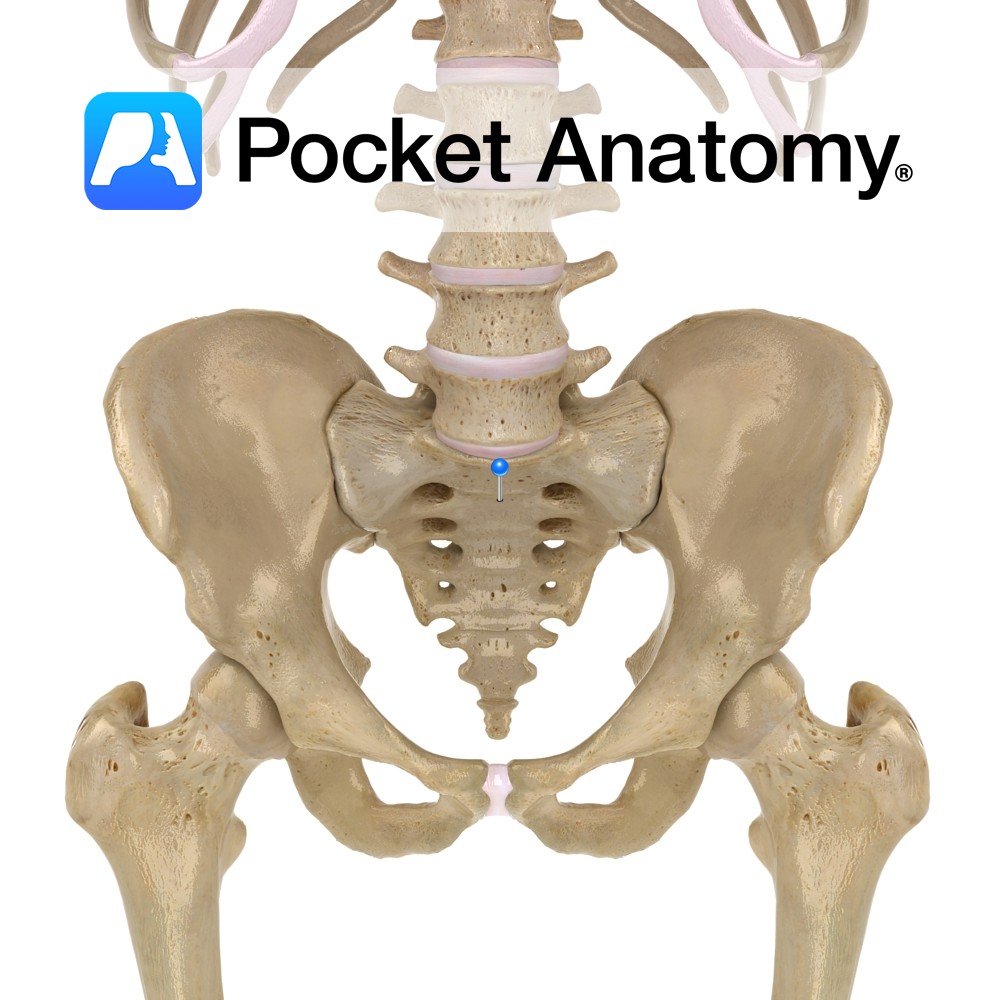Anatomy
Cylindrical, broader side-to-side, upper surface lipped at sides, lower surface indented at sides. Articulates with vertebrae above and below through fibrocartilaginous discs that allow some vertebral movement and provide shock absorption. No articular facets (unlike those on thoracic for articulation with ribs).
Clinical
The cervical (and lumbar) spine exhibits flexion, extension and some lateral flexion and rotation. Most head-nodding (“yes” movement) is due to atlanto-occipital joint, and rotation (“no” movement) to atlanto-axial.
Interested in taking our award-winning Pocket Anatomy app for a test drive?





